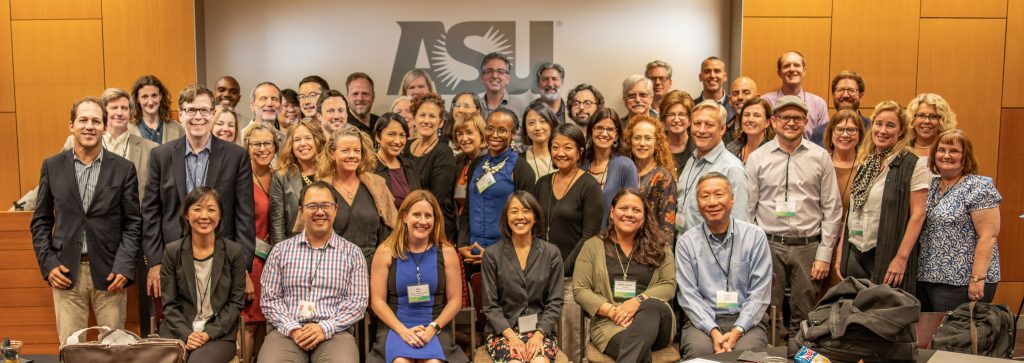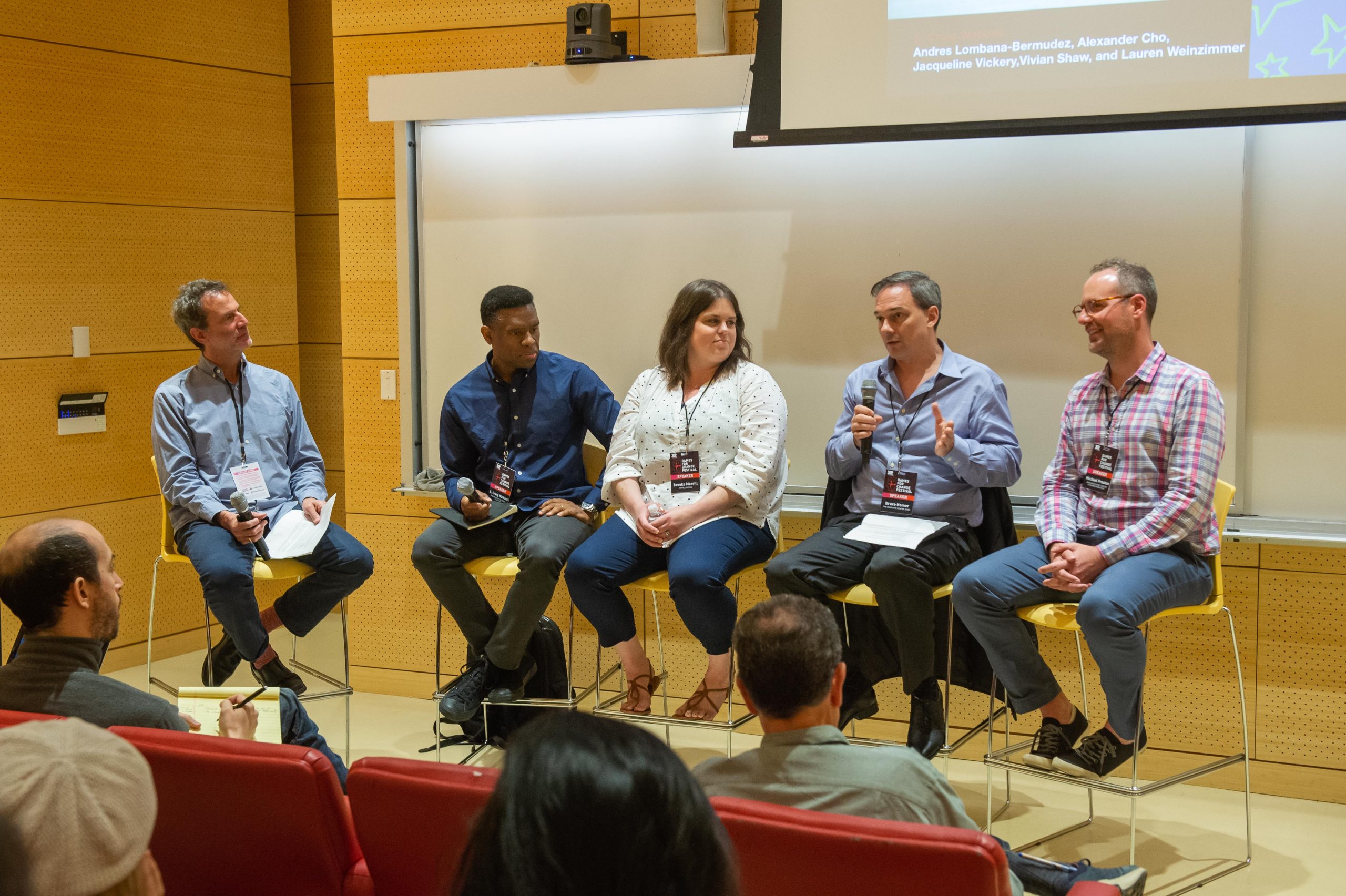
Do you remember when Niantic’s Pokémon GO was released in summer 2016 and how a craze with kids and families ensued? Are you excited for Harry Potter: Wizards Unite to be released sometime later this year and expect it to be a similar hit? Perhaps you’ve heard of Google Expeditions, which integrates VR and AR into classroom lessons? Or Nintendo Labo’s VR Kit, which has already sold out online, in just one week after its release? And what about all the virtual and mixed reality headsets that aren’t targeted at kids? Oculus Go, Rift, and Gear VR, Microsoft HoloLens, HTC Vive—the list goes on.
While augmented, virtual, mixed, and cross reality have been on the horizon for a while, it seems that these immersive media—hardware, software, and content—are becoming even more accessible and more prevalent in our lives. The question is—how will these technologies affect kids? And how can we prepare for a future in which immersive AR, VR, MR, and XR systems are more readily available to every household—before it happens? While some research has been conducted with research prototypes, there is still so much more to learn about how younger children engage with these media and how we can ensure that when kids do engage, they do so safely and productively.
That’s why last November 7 and 8, 2018, the Joan Ganz Cooney Center at Sesame Workshop, Dubit, and Arizona State University’s Center for Science and the Imagination and School for the Future of Innovation and Society brought together a cross-sectoral, multi-disciplinary group of 60 field leaders at the Future of Childhood Salon on Immersive Media and Child Development. Salon participants thoughtfully discussed and deeply reflected on immersive media (i.e., augmented, virtual, mixed, and cross reality) and young children, including the opportunities and challenges, as well as potential risks and benefits, for kids engaging with this hardware, software, and content.

As a co-organizer and attendant of this one-and-a-half day convening, I was able to participate in hands-on future-oriented activities with experts in research, design, education, pediatrics, policy, and more; listen to interesting spark talks on research, development, and visions of the future; and have meaningful discussions where we began to develop considerations for immersive media design, craft a research agenda, and narrow down priorities for policy, advocacy, and funding in this area.
One thing that was clear across all of the salon activities: we have a lot of work ahead of us! As designers and developers, we must create hardware, software, and content ethically, being cognizant of whether these technologies are really the right medium for the message we are trying to share with kids while taking into account children’s social-emotional, physical, and cognitive development and their diverse lives and identities. As researchers, we need to conduct research with diverse children, ask design and developmental questions, and keep in mind the ecological contexts where children learn, grow, play, and connect. As policymakers, advocates, and funders, we must ensure that children are safe, that adults in children’s lives (including parents, caregivers, teachers, and librarians) are informed to make wise decisions about immersive media, and that we raise the money we need to carry out relevant research.
Now is the time to proactively—individually and collectively—begin shaping an aspirational yet achievable future of childhood with immersive media.
For more information, read the full report on the Future of Childhood Salon on Immersive Media and Child Development here and view a playlist of some of the talks presented at the salon below.




